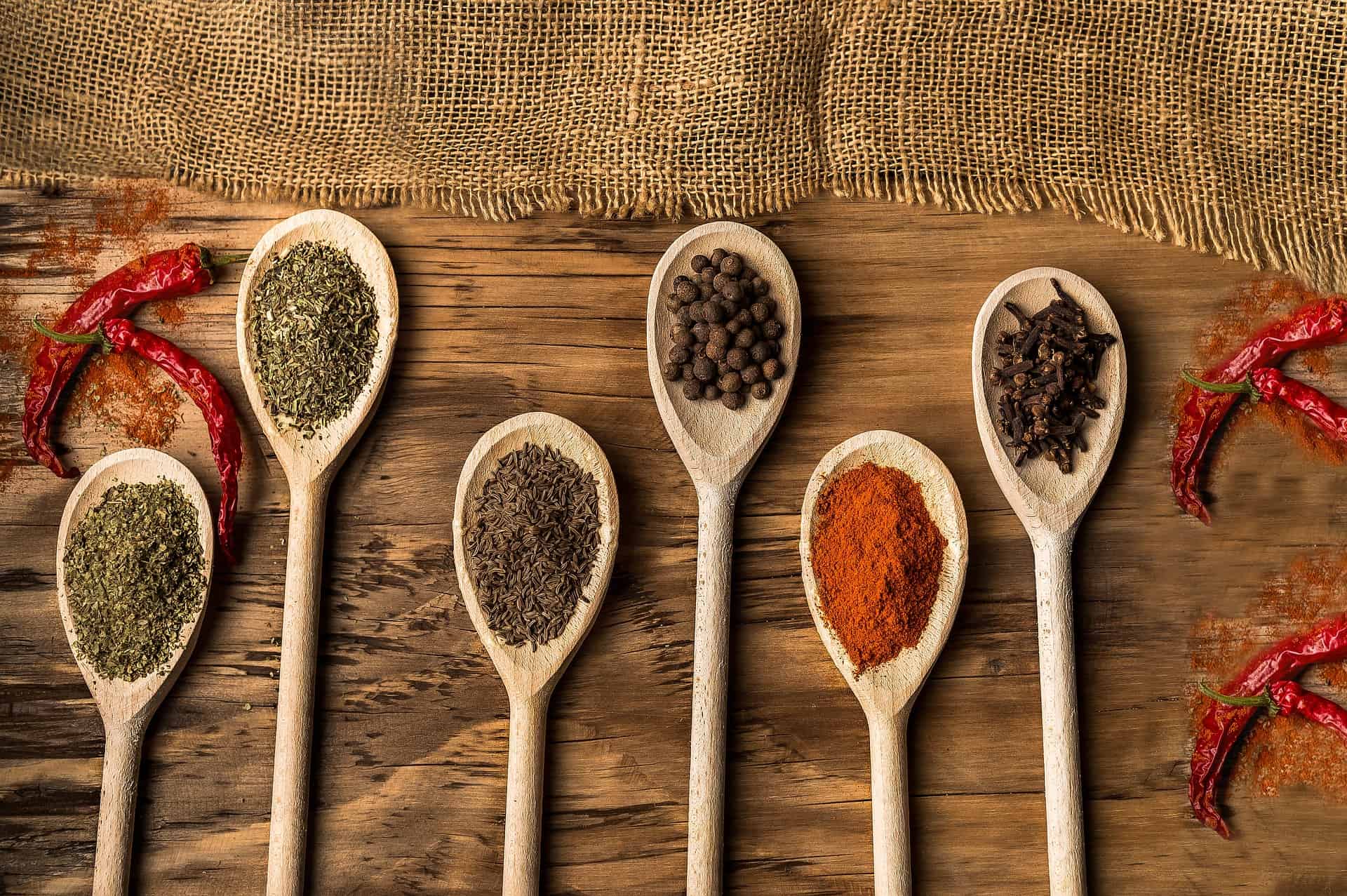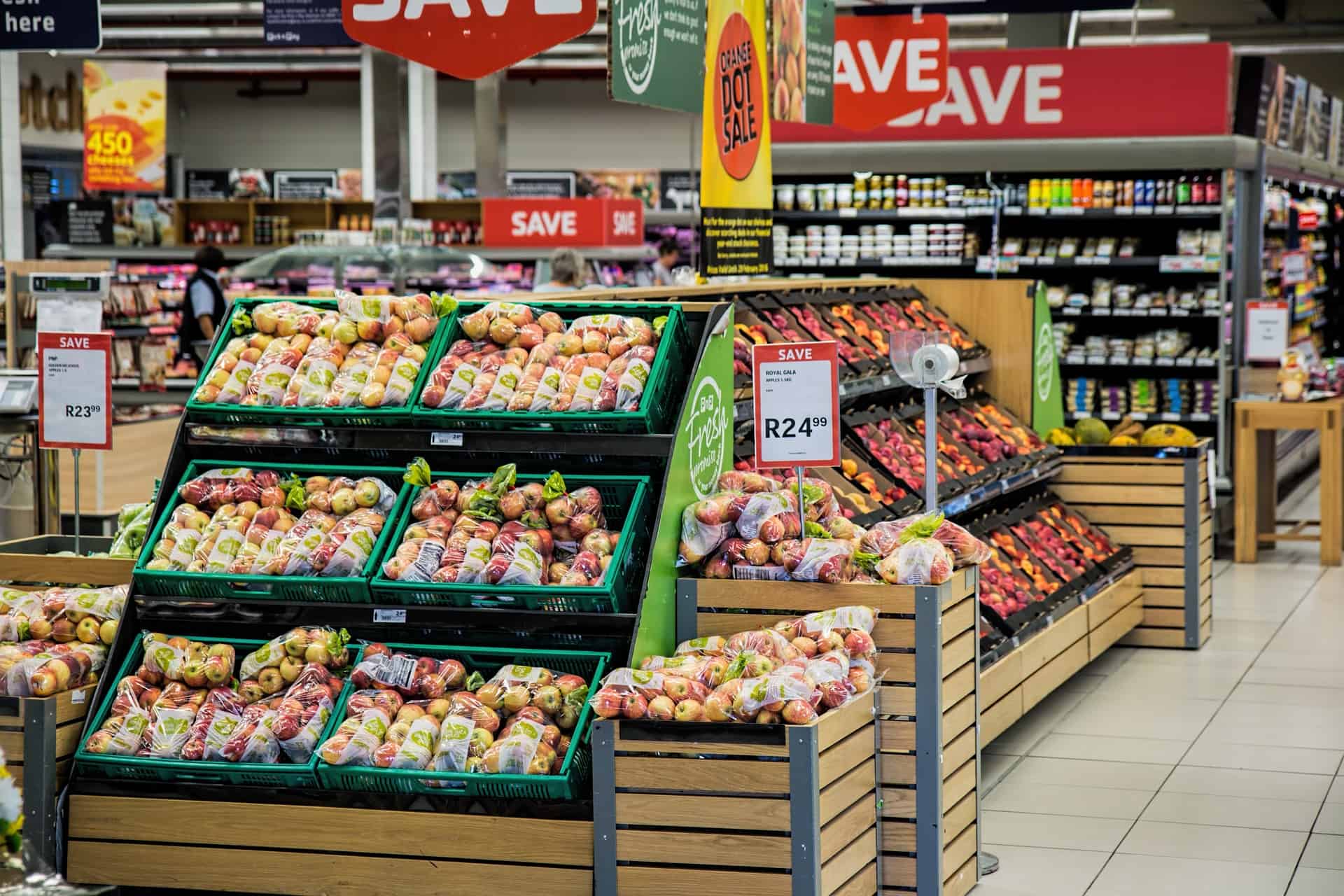
Researchers at ENEA – the Italian National Agency for New Technologies – developed a portable laser device to detect food fraud. They called it FoodSensor and identifies food adulteration through a traffic light system, writes the agency in a press release.
“Safe, simple to use even by non-expert personnel, it can be carried in a hand case. To detect food adulteration, is enough to put a small sample into the device without pre-treatment or chemical reagents”, explained Luca Fiorani, ENEA researcher at the Diagnostics and Metrology Laboratory of the Frascati Research Centre.
Traffic light
FoodSensor was tested on saffron, a very expensive spice often adulterated by adding tartrazine. It is a synthetic yellow dye used by the food industry, or turmeric, due to its typical color. “Herbs and spices hold a significant share of the food market, valued at approximately four billion dollars. Saffron is the fourth of the top five foods targeted for adulteration, after olive oil, milk, and honey”, explained Fiorani.
Then, ENEA researchers created various mixtures containing tartrazine and turmeric in decreasing percentages – from 20 percent to 2 percent. The aim was to verify the ability of the laser device to detect smaller traces of other substances than saffron. “In just a few minutes, FoodSensor tells us if the sample is authentic, suspicious, or fraudulent. It does so thanks to an interface that signals the result as a traffic light, i.e. with a green, yellow and red light respectively”, said Fiorani.

Tracing olive oil
In addition to saffron, lab experiments were also conducted on milk, olive oil, rice, fruit juices, and oregano. These allowed ENEA researchers to develop databases containing the so-called absorption spectra. This is the particular ‘light’ that each food component or contaminant absorbs when hit by the laser beam (and which identifies it).
The new laser was also tested as part of another ENEA study dedicated to the geographical traceability of extra virgin olive oil. In particular, FoodSensor allowed analyzing samples of olive leaves and the results confirmed the grouping of the samples by geographical origin based on the analysis of the elements contained in the olives.
Selected for you!
Innovation Origins is the European platform for innovation news. In addition to the many reports from our own editors in 15 European countries, we select the most important press releases from reliable sources. This way you can stay up to date on what is happening in the world of innovation. Are you or do you know an organization that should not be missing from our list of selected sources? Then report to our editorial team.






